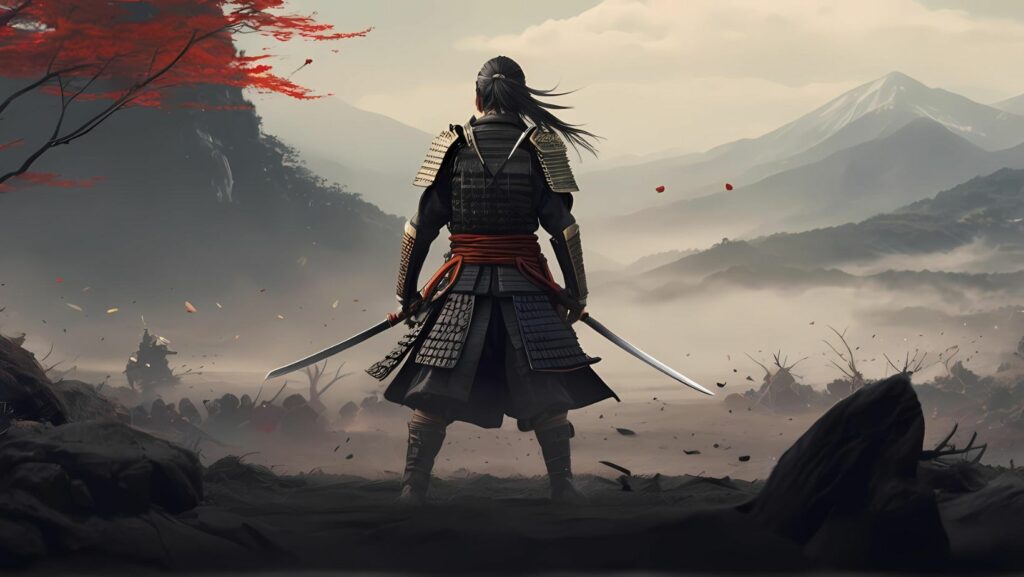Anime culture in Japan isn’t just entertainment; it’s a vibrant tapestry woven into the nation’s cultural fabric. From bustling streets adorned with colorful posters to themed cafes and dedicated conventions, anime’s influence permeates everyday life. This unique art form has captivated audiences worldwide, yet its roots remain deeply embedded in Japanese society.
The journey of anime from niche to mainstream reflects Japan’s dynamic cultural evolution. With its diverse genres and compelling storytelling, anime offers something for everyone, appealing to all ages and interests. It’s not just about the stories and characters; it’s a cultural phenomenon that shapes fashion, technology, and even tourism, drawing fans from across the globe to experience its magic firsthand.
Anime Culture In Japan
 Anime culture permeates many aspects of daily life in Japan. Numerous neighborhoods, such as Akihabara in Tokyo, serve as hubs for anime enthusiasts. They offer a range of anime-related merchandise, from figurines to DVDs, appealing to both locals and tourists.
Anime culture permeates many aspects of daily life in Japan. Numerous neighborhoods, such as Akihabara in Tokyo, serve as hubs for anime enthusiasts. They offer a range of anime-related merchandise, from figurines to DVDs, appealing to both locals and tourists.
Conventions like Comiket and AnimeJapan attract thousands who revel in the latest anime releases and merchandise. These events create networking opportunities among fans, artists, and industry professionals.
Specialty cafes add an interactive dimension to anime culture. Maid cafes, for example, lets patrons experience scenes reminiscent of popular anime storylines. These cafes, scattered across cities, cater to diverse interests within the anime community.
Anime’s influence extends to fashion trends in Japan. Cosplay, or the practice of dressing as anime characters, has become mainstream, seen at events like the Tokyo Game Show. Designers often draw inspiration from anime, integrating character elements into contemporary fashion.
Tourism linked to anime includes themed attractions, such as the Studio Ghibli Museum in Mitaka and Naruto theme parks in Awaji Island. These destinations spotlight anime’s narrative prowess and artistry, inviting exploration of Japan through an anime lens.
Evolution Of Anime Over The Decades
Anime in Japan has evolved significantly, reflecting changes in artistic styles and cultural trends. This evolution includes influential shifts in anime’s thematic focus and genre diversification over the years.
Economic Contributions
 Anime significantly boosts Japan’s economy. The industry, valued at over $20 billion annually, drives revenue through film releases, merchandise sales, and international licensing. This economic impact extends to employment, with thousands working across animation studios, marketing firms, and retail outlets. Additionally, anime tourism, which includes visits to themed parks and conventions, generates substantial income for local businesses and travel sectors.
Anime significantly boosts Japan’s economy. The industry, valued at over $20 billion annually, drives revenue through film releases, merchandise sales, and international licensing. This economic impact extends to employment, with thousands working across animation studios, marketing firms, and retail outlets. Additionally, anime tourism, which includes visits to themed parks and conventions, generates substantial income for local businesses and travel sectors.
Anime acts as a bridge for cultural exchange between Japan and the world. Japanese anime sparks interest in language learning and Japanese traditions among international audiences. It’s a vehicle for soft diplomacy, enhancing Japan’s cultural influence globally. Collaborations between Japanese creators and international producers, like Netflix and Crunchyroll, enrich anime’s diversity, resounding with audiences worldwide.
Cosplay culture, derived from anime, highlights creativity and community engagement. Events like Comiket and AnimeJapan showcase this vibrant aspect, attracting participants who role-play as their favorite characters. These conventions foster networking among fans and creators, provide platforms for artists to sell works, and boost tourism in host cities. The cosplay community, with its fashion-forward trends, encourages freedom of expression and inclusivity.
aspect, attracting participants who role-play as their favorite characters. These conventions foster networking among fans and creators, provide platforms for artists to sell works, and boost tourism in host cities. The cosplay community, with its fashion-forward trends, encourages freedom of expression and inclusivity.
Otaku culture, closely allied with anime, embodies enthusiastic fan dedication. While “otaku” once held negative connotations, perceptions have evolved, recognizing it as a legitimate subculture celebrating passion and creativity. Anime’s mainstream acceptance has improved otaku image, with enthusiasts now seen as connoisseurs of a unique cultural form. This acceptance reflects a broader societal shift towards valuing diverse interests and narratives, evidencing anime’s transformative power.
Challenges Facing The Anime Industry
Despite its widespread appeal and economic significance anime faces several challenges that could impact its future growth. The industry grapples with issues such as overproduction and the pressure to constantly deliver new content which can lead to quality concerns and burnout among creators. Additionally the global demand for anime puts stress on production schedules and resources often resulting in tight deadlines and demanding work environments.
Another challenge is the need to adapt to changing consumer preferences and technological advancements. As digital streaming platforms gain popularity the industry must find ways to monetize content effectively while maintaining creative integrity. Furthermore piracy remains a persistent issue affecting revenue streams and undermining the efforts of artists and producers.

